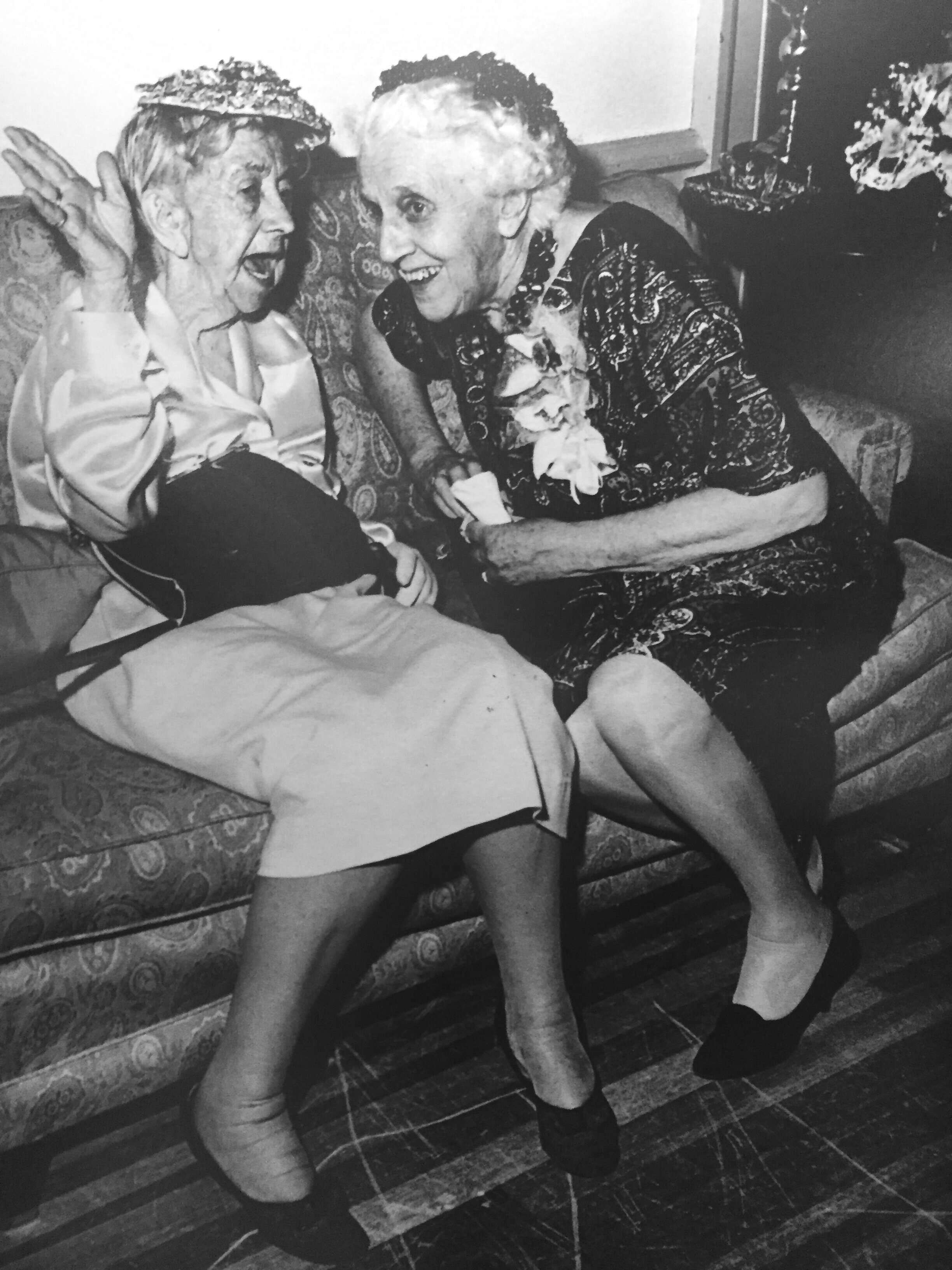
banter
Welcome to my archived blog, Banter.
I’ll start, you chime in—I really want to hear from you!
Faking It
“…if your spontaneous cheerfulness be lost, …sit up cheerfully and …act and speak as if cheerfulness were already there…So, to feel brave, use all of our will to that end, and a courage-fit will very likely replace the fit of fear.”
—William James.
There used to be a big split between the English method for acting and the American method. In the US, we adhered to Stanislavski’s method where we work from the “inside-out,” meaning we create a vivid inner life and history for the character and want to feel what the character feels authentically. In the old British school—think John Gielgud, Maggie Smith, and Laurence Olivier—actors worked from the “outside-in,” starting with a fake nose or limp to create a character.
There’s a great story about Dustin Hoffman, trained in the US, and Olivier, the master of English theater, when they worked together on the film, Marathon Man. Hoffman, in order to get ready for a particularly brutal scene where the character had not slept for days…did not sleep for days! Olivier thought this was ridiculous and said simply…Read on.
Savor: How to slow down
Watching a video of a stage play I did years ago, I was stunned to notice that I sounded like Minnie Mouse. On helium. I know this about myself, that I speed up, but to see the proof was a great reminder that one of my consistent communication challenges (aside from my handwriting!), is that I gallop ahead leaving my audience behind. So many things can contribute to speaking quickly—anxiety, feeling like the content is boring, being type-A, going on auto-pilot. The end result is the same: we are not present, we are not connected to the other/audience, and we miss the opportunity to connect, lead, have impact, move others to action, change ideas, attitudes, and, importantly, to be moved, to be impacted and influenced, to learn from others and our audience. Remember, the best talks and presentations are relational. Instead of telling my clients to “slow down,” I ask them to…Read on.
Listening to Subtext
In this photo we have the ‘seen’ and the ‘hidden’ ,the sunlit tracks and the mysterious tunnel. In communication we see this dichotomy in the words we use, or the text, the ‘seen,’ and the true meaning, or the subtext, the ‘hidden.’ In a recent post, I talked about how Intention animates language and even changes its meaning; HOW we say something carries more weight than the words themselves. In fact, HOW we say something is sometimes in opposition to the WHAT we are saying. Sometimes it sounds like people are “speaking in code,” saying one thing but meaning another.
What would happen if we answered and addressed the hidden, the subtext, rather than the spoken words? This is fun to play with. Read on…
Let’s begin.
Sign-up for Weekly Presence Prompts
Weekly prompts for public speaking, virtual communication, personal presence, and skillful conversations.


